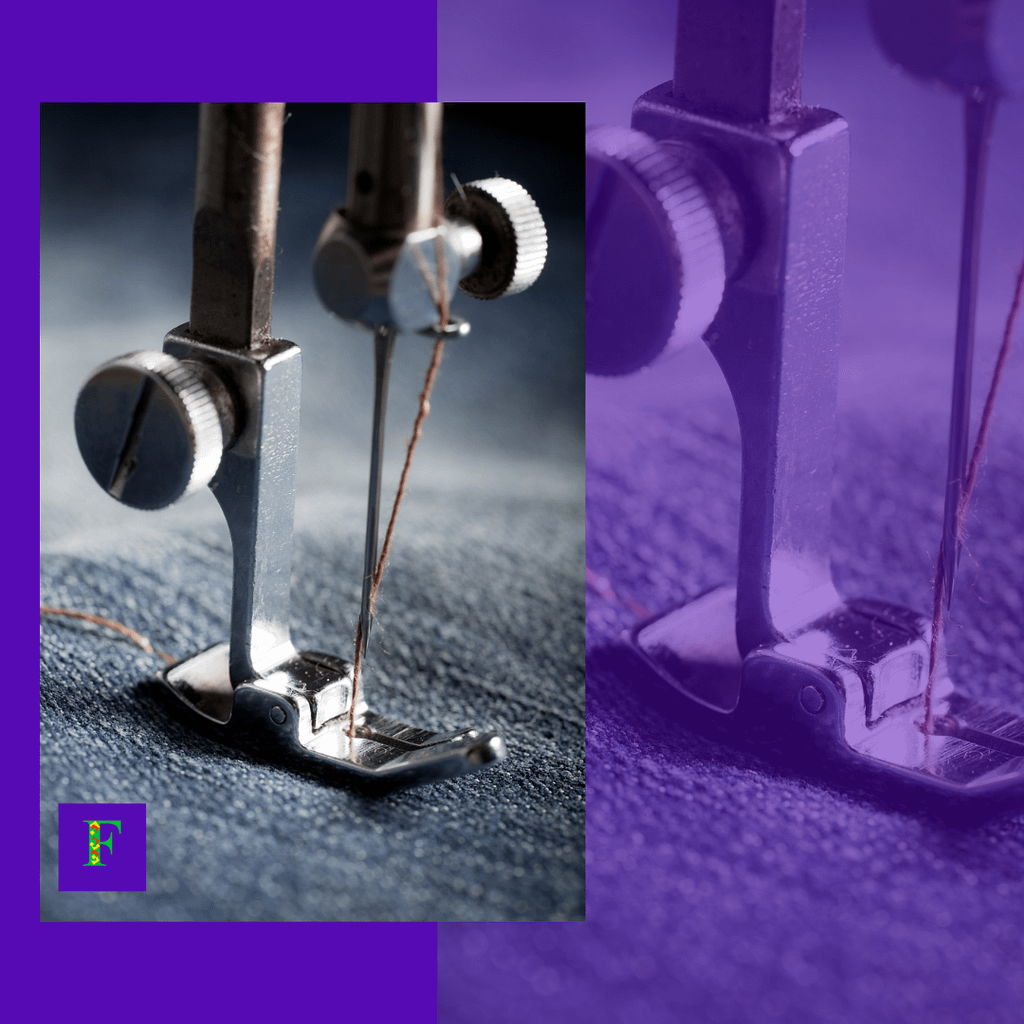
How Many Sewing Machines Are Needed for Small-Scale Production: Business vs. Sportswear
Small-scale production typically refers to manufacturing between 50 to 500 garments per month. To run such production efficiently, it is essential to equip the sewing workshop with the correct types and number of machines. The requirements vary depending on the type of garments, especially when comparing business attire and sportswear.
Basic Equipment for Small-Scale Garment Production
Straight stitch machine is the main universal sewing machine used in all types of garment construction. Recommended quantity: 4 to 6 units
Overlock machine (3-thread or 5-thread) is used for seam finishing and overedge stitching. Recommended quantity: 2 to 3 units
Coverstitch machine (also called flatlock) is essential for working with knits and stretchy materials, especially in sportswear. Recommended quantity: 1 to 2 units
Buttonhole machine and button sewing machine are mainly required for shirts, suits, and other formal wear. Recommended quantity: 1 unit each
Steam generator and ironing station are needed for pressing, shaping, and final garment finishing. Recommended quantity: 1 to 2 stations
Cutting equipment may include manual tools like rotary knives and scissors or semi-automatic cutters. Recommended quantity: at least 1 complete manual cutting setup
Comparison of Business Attire and Sportswear Requirements
Main fabrics: Business attire uses suiting, shirting, and lining fabrics. Sportswear uses knit, elastic, and synthetic performance fabrics.
Core machines: Business attire requires straight stitch, overlock, buttonhole, and button sewing machines. Sportswear requires straight stitch, overlock, and coverstitch machines.
Sewing characteristics: Business attire demands precision, structured fit, and detailed finishing. Sportswear focuses on elasticity, seam durability, and comfort.
Pressing requirements: Business attire needs frequent pressing and shape formation. Sportswear requires minimal pressing.
Additional equipment: Business clothing may need bartack or edge-binding machines. Sportswear may benefit from flatlock or embroidery machines.
Complexity: Business clothing involves more operations and precision. Sportswear production is more repetitive but requires strong, flexible seams.
Recommended Equipment Setup by Garment Type
For business attire: 5 straight stitch machines, 2 overlock machines, 1 buttonhole machine, 1 button sewing machine, 2 steam/ironing stations, optional 1 bartack or binding machine.
For sportswear: 4 straight stitch machines, 3 overlock machines, 2 coverstitch machines, 1 steam/ironing station, optional 1 flatlock machine.
The type and number of sewing machines required for small-batch production depend on the garments being made. Business clothing prioritizes precision and detailed construction, while sportswear emphasizes stretchability, seam strength, and speed. With the right equipment setup, even small-scale operations can produce high-quality garments effectively.
